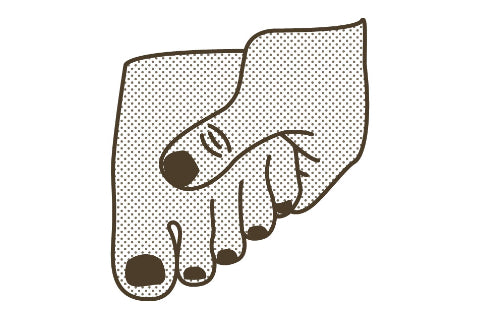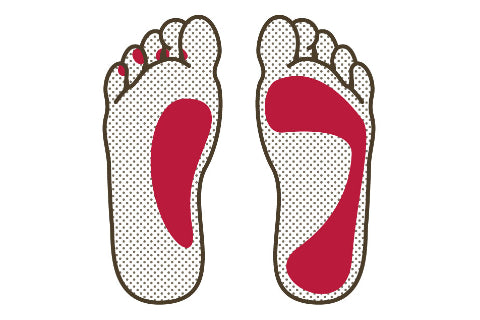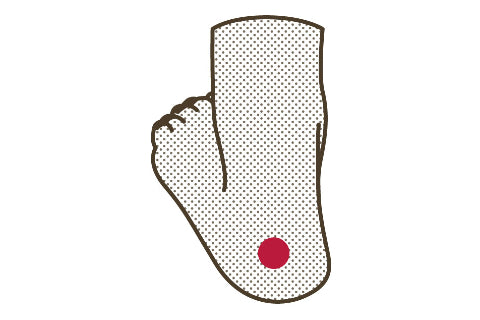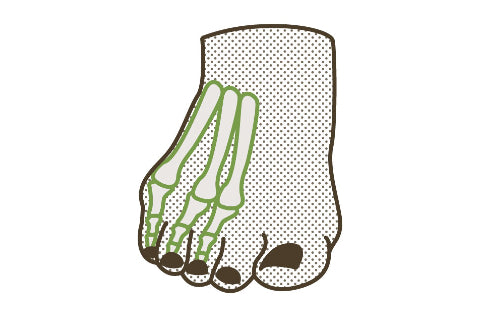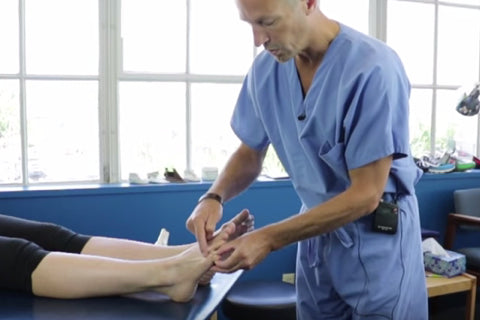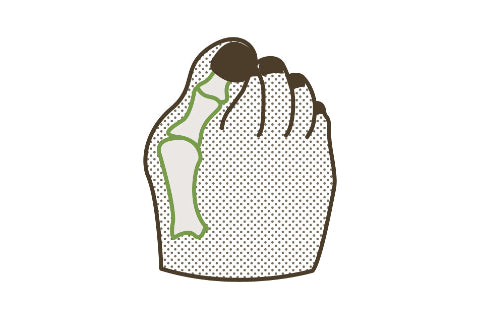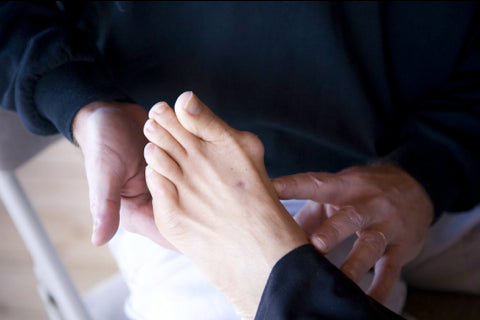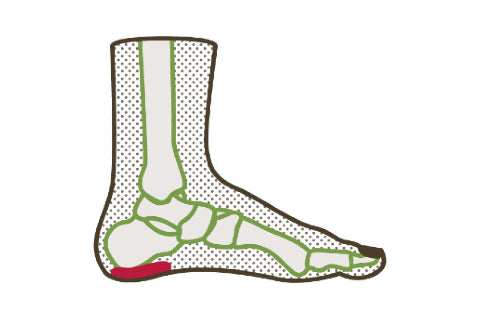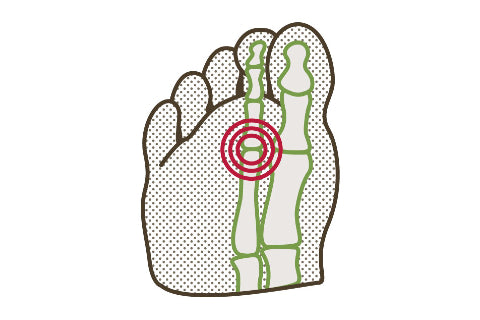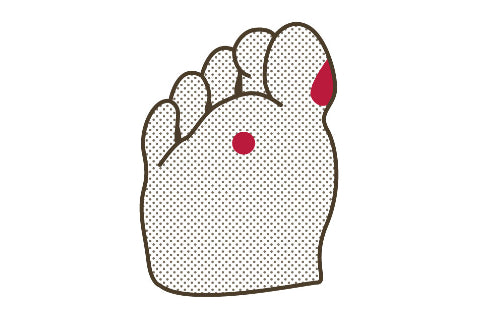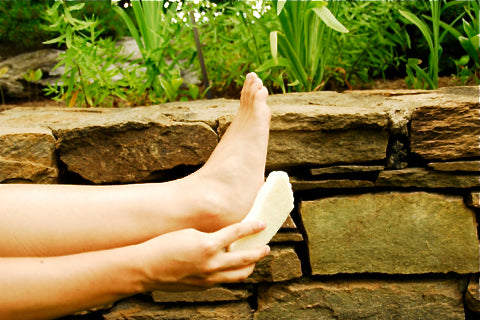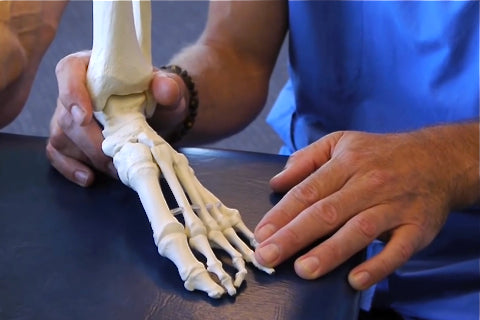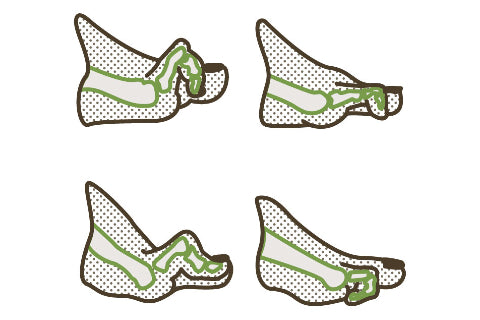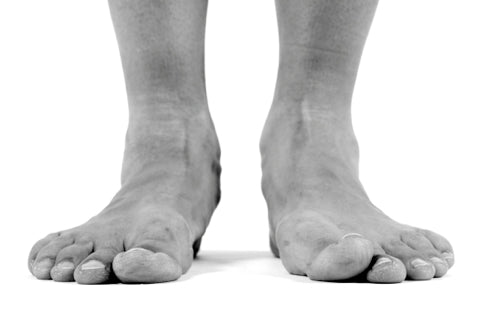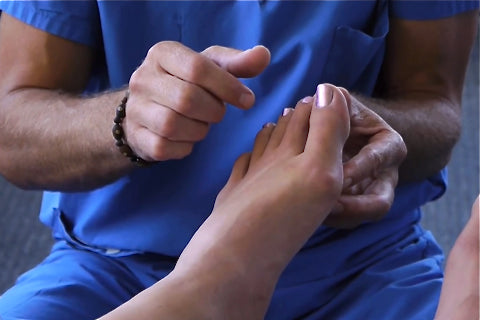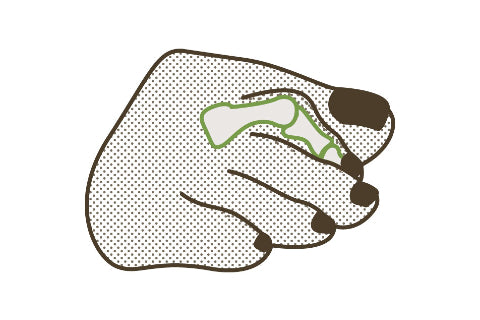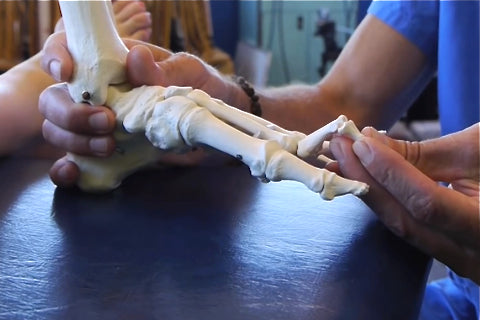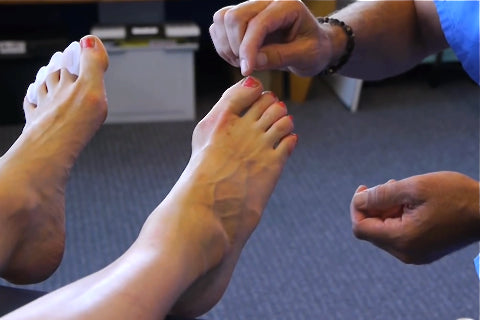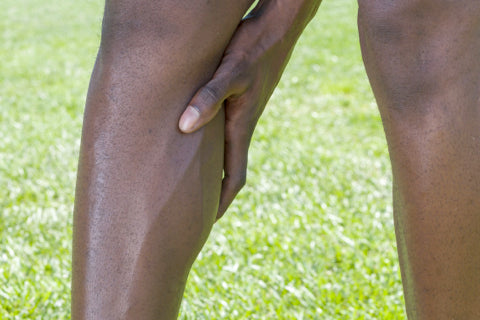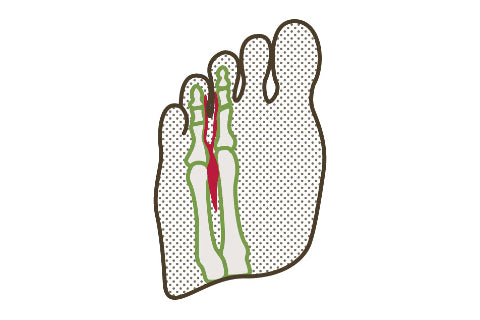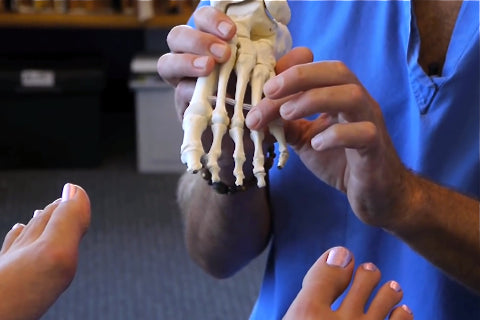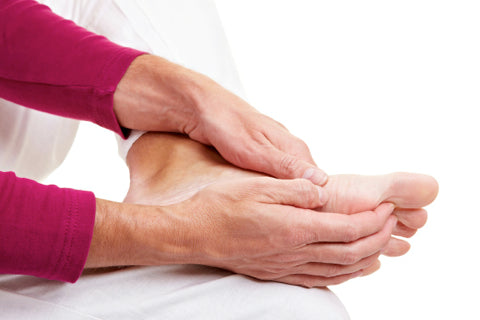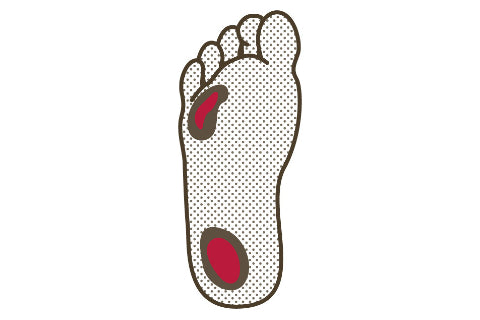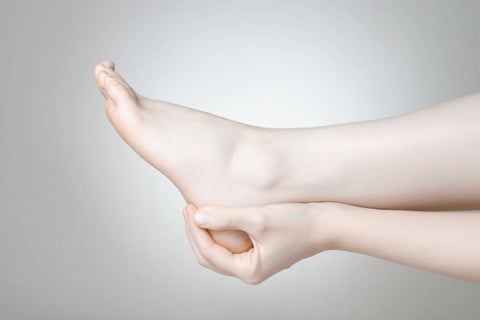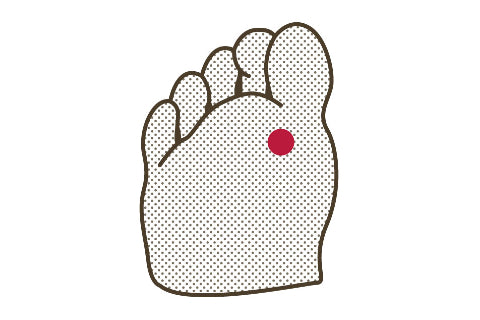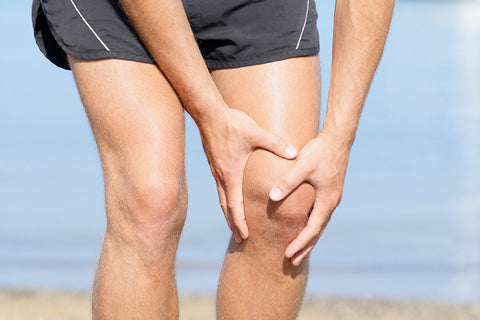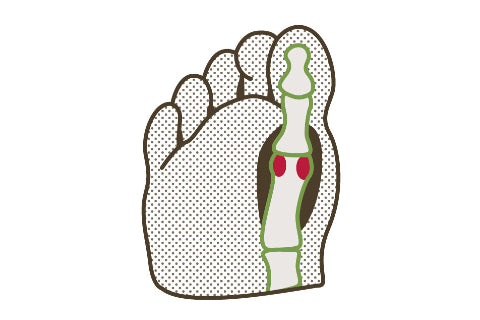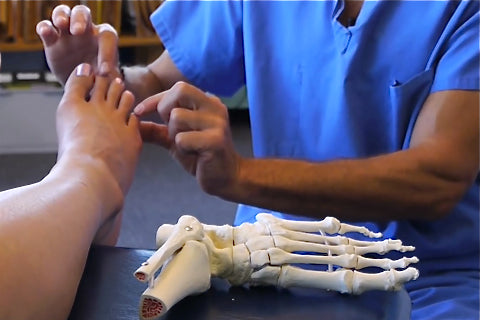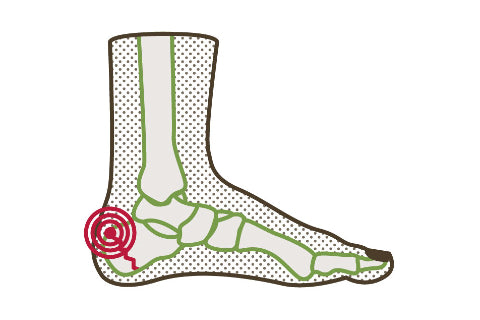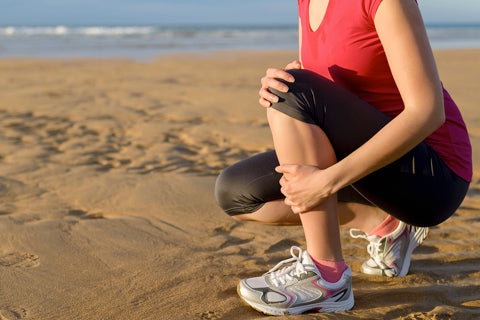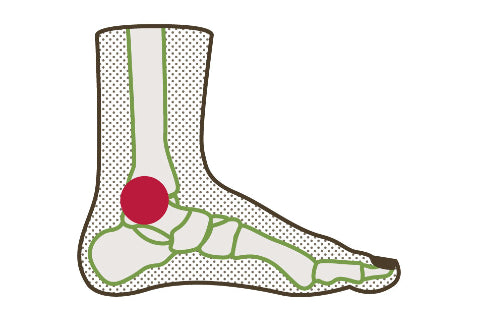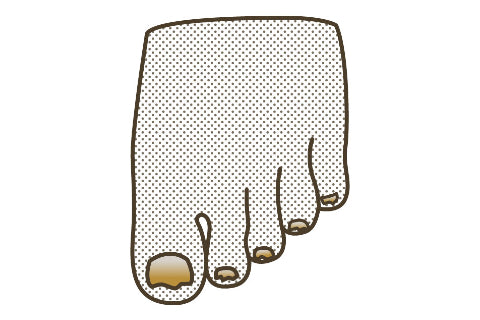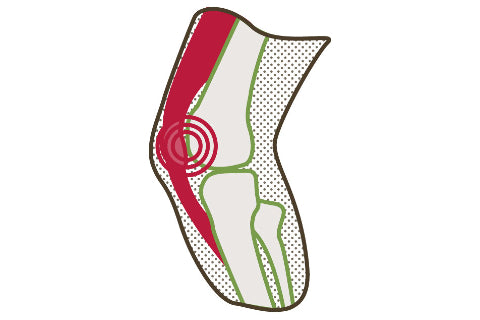
Runner’s knee is a common musculoskeletal problem in runners, jumpers, skiers, cyclists, soccer players, basketball players, volleyball players, and other athletes. Runner’s knee is a general term that describes several knee-specific disorders, including chondromalacia patella, patellofemoral malalignment, and anterior knee pain syndrome. Runner’s knee is a health problem that usually affects young, otherwise healthy individuals, and it occurs when the underside of the patella, or kneecap, becomes irritated.
Read more
 The Achilles tendon is a strong cord made of fibrous connective tissue that attaches the calf muscle group to the calcaneus, or heel bone. The Achilles tendon is located at the lower end of the calf, and it is the continuation of the gastrocnemius and soleus muscles. This tendon is one of the strongest tendons in the body and is essential for performing many occupational and recreational activities, especially athletic...
Read more
The Achilles tendon is a strong cord made of fibrous connective tissue that attaches the calf muscle group to the calcaneus, or heel bone. The Achilles tendon is located at the lower end of the calf, and it is the continuation of the gastrocnemius and soleus muscles. This tendon is one of the strongest tendons in the body and is essential for performing many occupational and recreational activities, especially athletic...
Read more

